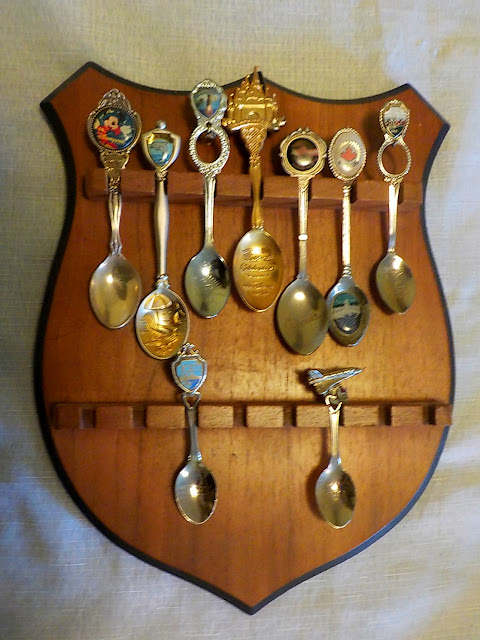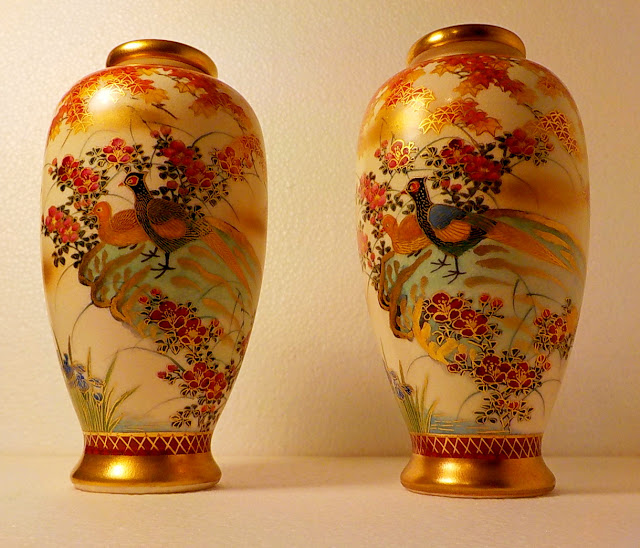Steve's History of Things 10 - Smoothing Irons
Using something hot and smooth to get the wrinkles out of washed fabrics goes back about 3,000 years to ancient China, where they just lobbed hot stones into an open pan and rubbed the creases out. Fast forward to the 15th century and the charcoal iron was invented. This was an iron box, flat at one end and pointed at the other, which you filled with hot charcoal. It had a handle at the top and a flat base. Various other attachments such as flues, doors and catches made this pretty cumbersome to use.
 |
| Charcoal iron |
Image attribution: By Vincent de Groot - http://www.videgro.net - Own work, CC BY-SA 4.0, https://commons.wikimedia.org/w/index.php?curid=647050
 |
| Box iron slug or ox-tongue |
There was also the problem of charcoal dust being transferred to the fabric and the simple solution to this, was to heat a slug of iron and put that in the box. Thus, the box iron came into existence. Because of the shape of the iron slug, these were also known as ox-tongue irons. Apart from solving the charcoal problem, it also dispensed with the need for a flue, which got rid of a little of the weight.
.JPG) |
| Victorian Sad irons, or flat irons (US) |
Somewhere in the 17th century, a bright spark said, “Hang on, why not just heat the iron up directly on the fire, and do away with the slug?” Enter the sad iron. 'Sad', in this sense, comes from an old English word for solid. The Americans, rather more pragmatically, if not so prosaically, simply called it a flat iron. True, you needed two of them (one to iron with, and one to heat up while the one you were using cooled) but they were much more streamlined, and you could get some elbow grease (arm power) behind them.
 |
| The Iron - repurposed |
Finally, in 1882, an American named Henry Seely White plugged an electric cord into the base, and that's what we've been using ever since. The old irons still have their uses however. They've been repurposed into decorative book ends, door stops and paper weights, amongst other things.
P.S. The ox-tongue book ends in picture 1 are being demonstrated by my latest novel, The Magic of Nature of Magic (The MONOM), which you can find HERE.
SVCwithEtsy
Set of 3 Victorian Sad Irons £75
https://www.etsy.com/uk/listing/1357754280
Pair of Victorian Ox-tongue slugs £20
https://www.etsy.com/uk/listing/1513742970
Previous posts in Steve's History of Things
.JPG)



Comments
Post a Comment